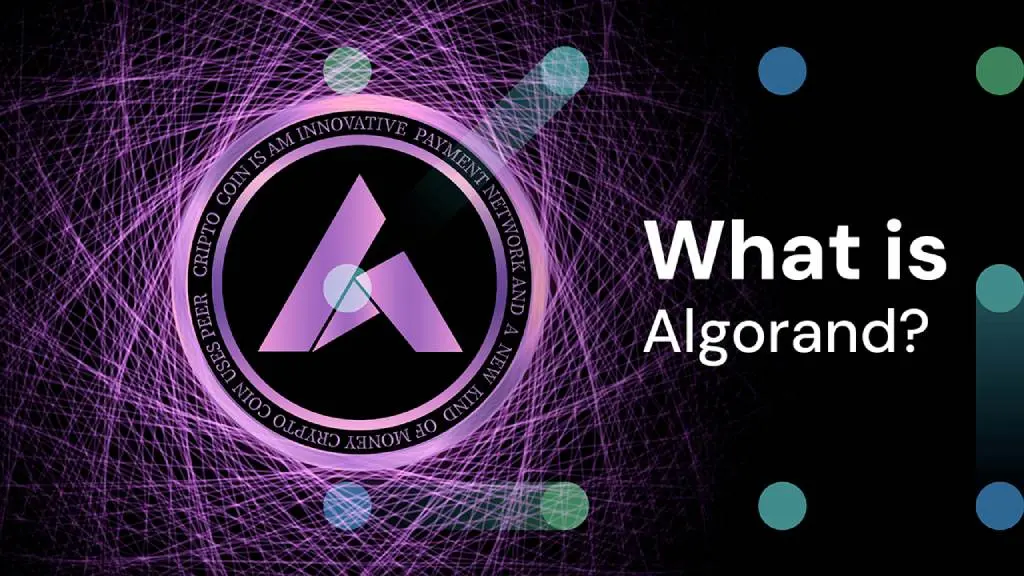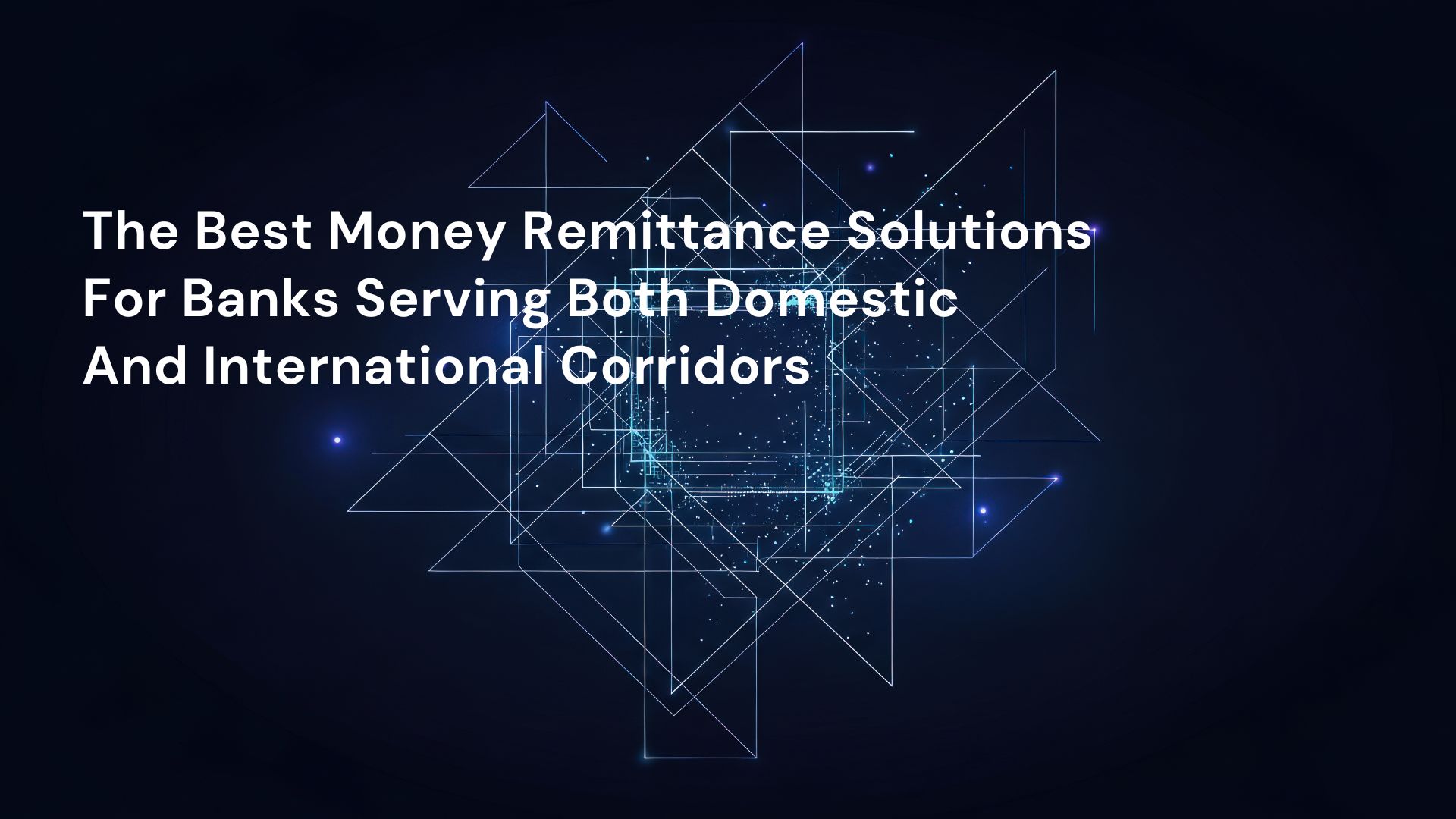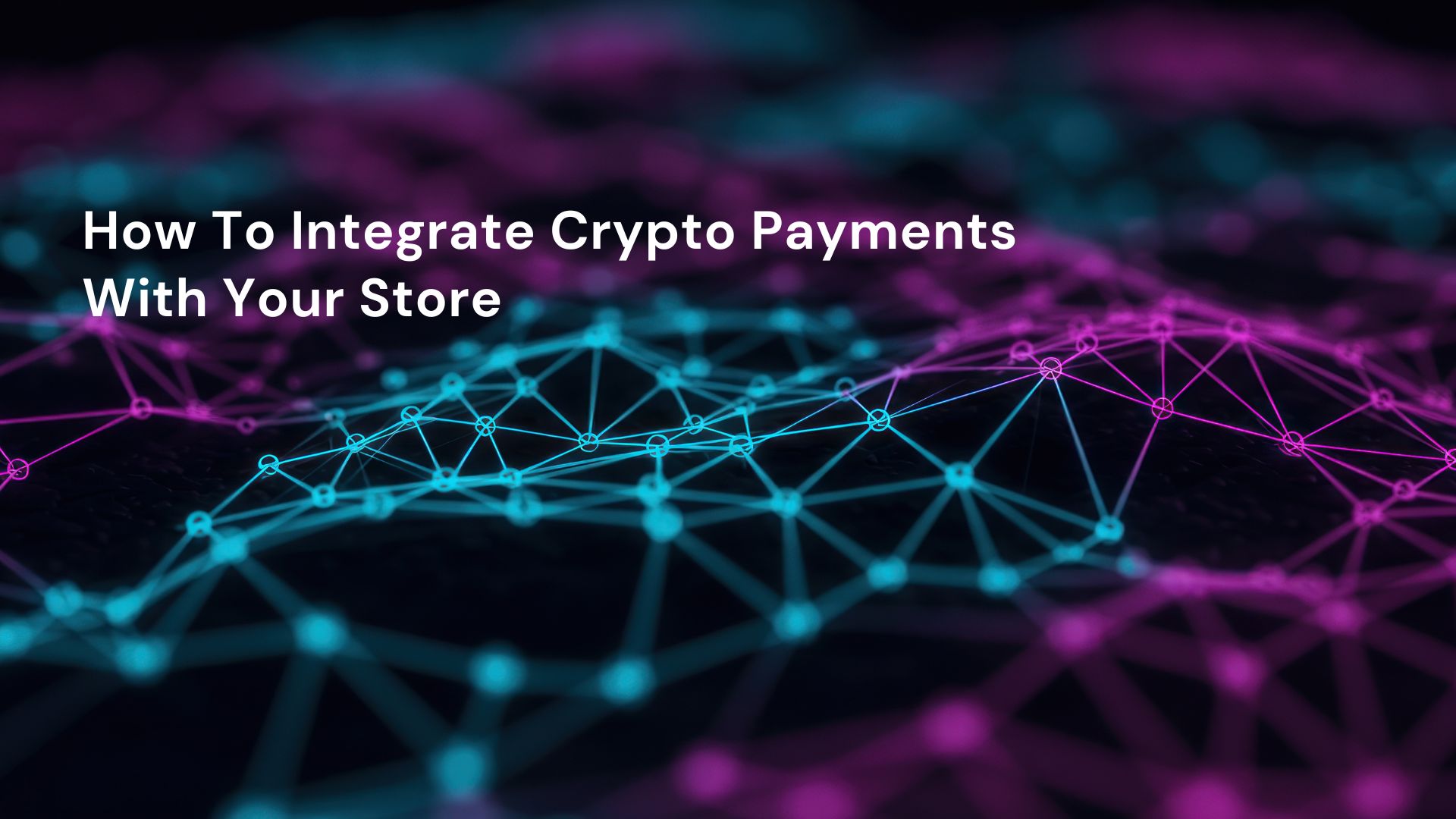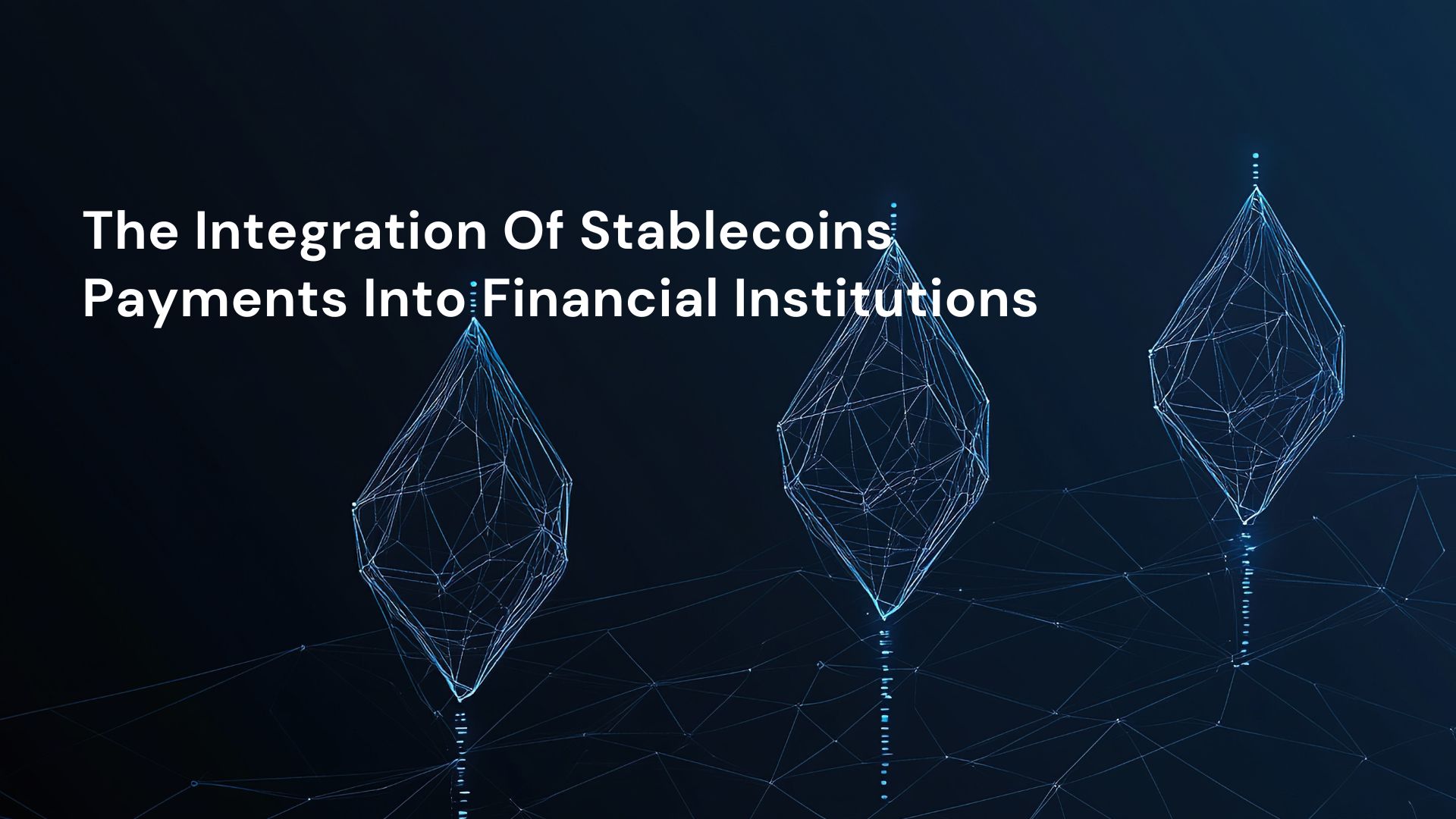Although usually claimed otherwise, cryptocurrencies have actual value because of the real-world applications they bring to daily life. To accomplish this, the protocols must meet the triple criteria of decentralization, scalability, and security.
With $128 million in support, ALGO, the Algorand platform’s native token, is now named one of the top 15 cryptocurrencies by capitalization. The project was started in 2017 by MIT Doctor of Engineering Silvio Micali, and it was publicly disclosed shortly afterward in early 2019.
WHAT IS ALGORAND (ALGO)?
The ALGO token serves as the main money of Algorand, a decentralized blockchain application network. Algorand was developed to combine characteristics of popular cryptocurrencies like decentralization, no-central-authority interactions, and easily divided coins with enhanced speed and reduced computational power needs.
Algorand, such as Ethereum, uses a proof-of-stake (PoS) consensus algorithm and features a private blockchain. Nevertheless, no negative consequences for dishonest parties on the system are available: in a way, the outsourced PoS (or liquid PoS) network “benefits” cheaters in almost the same way as other operations. Instead of penalizing cheaters, the goal is to discourage them from doing so. Only two-thirds of Algorand’s members must be truthful for the network to function properly.
Algorand is among the mechanisms working to address the cryptocurrency dichotomy by proposing a decentralized security framework and scalability, which has attracted a large number of private financiers. ALGO has the distinct benefit of distributing each new ALGO token it brings into the system to all holders of the currency.
THE ALGO TOKEN’S HISTORY
ALGO is a cryptocurrency that was introduced in 2019. Micali is a well-known cryptographer and computer scientist who is a Turing Prize winner.
In the original Algorand policy document, co-authored by Micali, Algorand was conceived as a cryptocurrency that could track items like ownership rights and transactions, as well as a network for consensus mechanisms. ALGO, which brought more than 60 million dollars with the token sale in 2019, started to be offered for users’ trading activities.
WHAT MAKES ALGORAND VALUABLE?
ALGO is the 34th most valued currency monitored as of the writing of this article, which is better than most currencies that debut and then vanish, but the ranking also illustrates how far Algorand is from general recognition.
With such a total quantity of 15 billion coins, there are already a little over 5 billion in distribution. About 30% of it will be utilized as “rewards” for users and holders who assist in the development, maintenance, and improvement of the network in different ways.
DEFINING ALGORAND BLOCKCHAIN AND HOW IT WORKS?
Every cryptocurrency network’s inventor must choose between decentralization, scalability, and security. While Ethereum’s founder, Vitalik Buterin, believes that two of such specific goals must be prioritized by blockchain developers.
The usage of “pure-proof-of-stake” is one of Algorand’s distinguishing features, which differs from “proof of work,” in which the blockchain is kept up to date by computers solving difficult math problems to produce new blocks and confirm transactions.
According to environmentalists and proponents of alternate setups, although cryptographically extremely safe, it demands a lot of processing power and energy to perform effectively. One of the most important distinctions between cryptocurrency types is the difference between proof of work and proof of stake.
With pure-proof-stake, operations, and new transactions can occur faster and more accurately. Algorithm holders are chosen at random and are then tasked with “validating and approving” each successive block in the chain. Every time a new block is added, a new set of users is chosen at random.
The Algorand network, per the network’s designers, is worldwide, decentralized, and secure thanks to this method. The more ALGO a person has, the more likely it is that they will be chosen to check and validate new blocks and transactions. Algorand can authorize and execute transactions in seconds rather than minutes because of this method.
Algorand only requires at least two consent from authenticating parties to allow transfers. To successfully breach the network, you’d need to get more than a quarter of Algorand’s token allocation.
STRUCTURE OF THE ALGORAND PROTOCOL
Sortition by Cryptography
To divide its blocks into segments, Algorand employs a unique random selection technique known as the lottery. Following that, the portions are divided into two groups: the proposal phase and the vote round. These lotteries, also known as “cryptographic sortition,” are beneficial for completing transactions quickly and documenting finality.
There are two phases to the cryptographic sortition.
The phase of Proposal: A single token is chosen at random to be included in the following block. This promisor is hidden from the system at the outset to avoid any exploitation or meddling and is only exposed during the transmission period when meddling would indeed be a futile effort. A token’s chances of getting chosen are the same as every other token in the network.
Following the proposal phase, the voting step takes place, in which a committee of persons with at least 1,000 tokens apiece is chosen to approve the block submitted by the initial user. Unlike many proof of work (PoW) or proof of stake (PoS) blockchains, the protocol is secure and resistant to assaults due to the unpredictability and spontaneity with which committee members are chosen. Until it’s too late to launch an assault, the target of any possible attack remains unknown.
Algorand is also permissionless, which means that anybody having the token (and access to the internet) may validate nodes. Participants only need to go to the AlgoExplorer and stake the desired quantity of ALGO tokens. Relay nodes and participation nodes are the two main types of nodes in Algorand. Hardware-intensive relay nodes are important for enhancing communication between participation nodes, whereas participation nodes assist in voting and other decision-making procedures.
PURE PROOF-OF-STAKE ALGORAND
Algorand’s Pure Proof-of-Stake (PPOs) protocol is permissionless. New block confirmation is not left to a chosen few in this case. Rather, new blocks are confirmed by users randomly selected. Furthermore, users are not required to stake their assets for a certain amount of time to participate in the activity. Rather, they have cash in their wallets, prepared to spend any time they desire. As a result, any user may be chosen as long as his wallet is fully loaded.
Cheating is impossible because anybody who cheats would have their assets devalued. And as long as two-thirds of the participants are truthful, the methodology works properly.
PRODUCTION OF ALGORAND BLOCKS IN PPOS
The two steps of block confirmation are the proposal stage and the voting round. The proposition stage begins when an application is received to introduce a third transaction to the blockchain.
A selection seed is assigned to each block, which decides which users are eligible to vote on its confirmation. Every user sees their chosen seed once a block has to be validated.
Each user evaluates a Verifiable Random Function using their private participation key and the selection seed during the voting round (VRF). Any user who has been chosen to vote gets cryptographic proof after the evaluation, which he may use to vote. The block is successfully added to the chain if a larger percentage of the participants vote in favor of it.
WHAT ARE SOME OF THE APPLICATIONS OF ALGORAND?
The following services are available via this platform:
Commonplace assets
On the Algorand blockchain, commonplace assets allow users to represent any form of asset, which simplifies the creation and distribution of assets for developers and businesses. The asset might be anything from:
- Stablecoins, for example, are fungible.
- In-game items, for example, are non-fungible.
- Government-issued Fiat is an example of a limited fungible.
- Regulatory Certifications, for example, are limited non-fungible assets.
Transfer of Atoms
Assets are moved between parties on the Algorand blockchain using this service. The transfer is frequently made up of a series of transactions that are all completed at the same time. Possibly all or any of the transactions have been executed. Users can move Algos and several of the Standard Assets.
Smart Contracts
Developers may use Algorand’s blockchain to deploy smart contracts. Algorand’s Layer-1 incorporates this service. As a result, it benefits from the platform’s strong attributes such as speed, scalability, finality, cheap cost, error-free, and security.
Smart contracts may take any of the following forms:
- For completing transactional approvals, stateless is used.
- For creating complicated apps, stateful is essential.
The server-side scripting language used here is Transaction Execution Approval Language (TEAL) or PyTeal, a Python language binding.
WALLET ALGORAND
The platform provides a mobile wallet where users may store supported assets. They may transfer and receive money with ease with this wallet. Users may also win prizes by keeping Algos in their wallets.
ALGORAND’S PROS AND CONS
Pros
- Shorter scaling time: Ethereum undoubtedly comes to mind when you think about decentralized finance (DeFi) and smart contracts. Uniswap, Aave, MakerDAO, and Yearn Finance are all Ethereum-based decentralized applications.
- Decentralized Finance (DeFi): The decentralized concept of the blockchain is applied to the financial world.
- The number of transactions per second (TPS): Algorand has a processing rate of about 1,500 TPS, while Ethereum has a rate of 16–35 TPS when functioning with the proof-of-work algorithm. This figure will rise as the protocol’s processing capabilities improve, with a final aim of 46,000 TPS.
Cons
- Government regulations: Efforts have been undertaken all around the globe to prevent cryptocurrencies from being widely accepted as a currency. To promote cryptocurrency acceptance on a community scale in nations like China, Japan, the United Kingdom, and others, regulations and rules have been implemented in these and other countries.
- Ether is a constant source of concern: In the case of Algorand, it would have been the first system to include smart contracts and Decentralized Financial Infrastructure. Whenever a developer wants to work on a DApp, the first thing that springs to mind is Ethereum, which will continue to be a vital component in the DeFi field for the foreseeable future. More than 250 developers are now engaged in the development of new Ethereum-based apps and services.
- Invisible risks: Apart from Ethereum, another factor that might stymie Algorand’s development is the performance of competing tokens. In recent times, a slew more Layer 1 blockchain networks have appeared, raising the overall number of coins available to over 12,000 tokens. The scalability area, in particular, is quite crowded, which might lead to a protracted period of price consolidation.
ETHEREUM VS. ALGORAND
Scalability: Algorand’s consensus mechanism, based on pure proof-of-stake, ensures rapid confirmation times. In contrast, Ethereum has faced scalability challenges, experiencing congestion and higher transaction fees during peak times. While Algorand emphasizes swift and scalable transactions, Ethereum navigates ongoing scalability issues.
Transaction Speed: Payments on Algorand go through in a matter of seconds, offering users quick and efficient transactions. Conversely, Ethereum may encounter delays in transaction confirmations during periods of network congestion. While Algorand prioritizes speed, Ethereum grapples with the challenge of maintaining swift transaction processing.
Low Transaction Costs: Users on Algorand can benefit from cost-effective transactions, fostering accessibility. Meanwhile, Ethereum’s variable transaction fees, especially during network congestion, can lead to higher costs.
Smart Contracts: Algorand, however, emphasizes the execution of smart contracts seamlessly on its platform. Ethereum, on the other hand, pioneered the concept of smart contracts and remains a leading platform for their development.
Developer Community: Ethereum boasts an established and extensive developer community, contributing to a mature ecosystem of applications and tools. While Ethereum benefits from strong network effects, Algorand is steadily growing its developer base. While Ethereum’s community is firmly entrenched, Algorand is making strides in building its ecosystem, showcasing potential for future expansion.
How to Integrate ALGO Payments on your Website?
A highly recommended approach to integrate ALGO payments on your website is leveraging a reliable payment gateway like Bitpace enabling customers to pay with ALGO and withdraw balances in fiat or cryptocurrency. Bitpace also stands out for its exceptional qualities in terms of payments across borders, high transaction speeds, and zero chargeback & insecurity policies.
Across Borders: Business products or services can be sold to anyone, from anywhere with payment options via ALGO. Balances can be withdrawn in FIAT currency.
High Transaction Speeds: Payments are processed within minutes, allowing businesses to concentrate on their workflow while ensuring that customers derive maximum value from their transactions.
No Chargebacks, No Insecurity: Customers can easily make payments while keeping their sensitive information safe. Refunds are only done by business choice.
FAQs
On Algorand, how many DApps have been created?
This blockchain has yet to have any DApps created on it. Existing DApps, such as Balancer, will be copied on the blockchain shortly.
How then can I profit from staking my ALGO?
There is no one-of-a-kind technique to bet and profit from ALGO. As additional blocks are added to the chain, you’ll earn prizes after you’ve reached the minimum amount of 1 ALGO in your wallet. You must not have the currency in your ALGO wallet to be eligible for prizes.
Is it possible that a fork will be invented?
Because of the unique consensus mechanism used by the Algorand blockchain, the network will not split.
Closing Arguments
Overall, Algorand is a noteworthy project with a pure PoS consensus process.
Algorand’s team includes significant brainpower in math and computing disciplines, as well as millions of dollars in investment from retail and venture investors. The Algorand team has not only revolutionized DeFi but has also attracted the attention of businesses. Today, businesses are using payment gateways such as Bitpace to integrate ALGO and benefit from its many advantages such as scalability, transaction speed, low transaction fees, smart contracts, and more.





